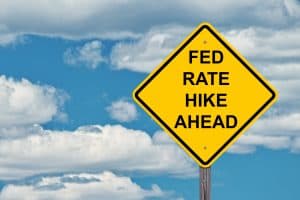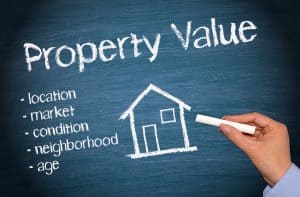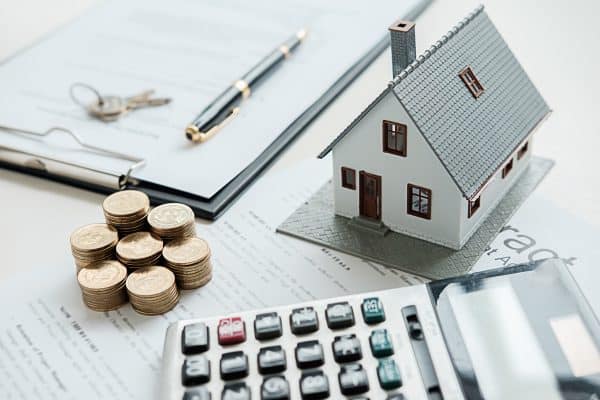How Interest Rates Affect Purchasing Power
It’s difficult right now to avoid rising interest rates’ effects on the economy, especially the real estate market. Since the beginning of the year, interest rates for mortgages have gone from record lows to more than 7% as the Fed tries to cool inflation. Typically, in a situation where interest rates are going up, home prices will drop so it can balance out affordability for homebuyers. We are not, however, in a typical situation right now. While the rate of growth is slowing somewhat, prices for homes are still at record highs.
Redfin Studies the Impact of Reduced Purchasing Power
Unfortunately, as interest rates are going up, a significant portion of homebuyers have lost up to $165,000 in purchase power in the last year, according to a Redfin study. The study was from the summer, and interest rates are significantly higher, so buyers have probably lost more than that study reflects. When interest rates went from 3% to around 6%, it caused mortgage costs to see a median increase of 49%.
At the end of 2021, a theoretical homebuyer with a monthly budget of $2,500 could afford a house worth up to $517,500. In the period ending in mid-June 2022, the same homebuyer could afford a home worth up to only $399,750. If a homebuyer this summer had $3,000, they would have lost $141,250 in buying power, and for someone with a budget of $3,500, the loss would be $165,000.
As a result of eroded purchasing power, homebuyers are either leaving the market or choosing homes in cheaper neighborhoods. Some people are also having to continue renting as a result. These changes affect sellers too—since homebuying budgets are smaller, sellers can’t expect those bidding wars and top-dollar offers on their homes. Raleigh, Salt Lake City, Austin, and Phoenix are most impacted by reducing buying power. In Raleigh, as of this summer, 33.2% of homes would be affordable with a 6% rate, down from 61.1% with a 3% rate. The smallest impacts are seen in already-expensive markets. For example, in the Bay Area, there are hardly any homes that would be affordable on a $2,500 budget, regardless of the interest rates.
Understanding the Cost of Higher Rates
Lenders will qualify a homebuyer on different factors, including the debt-to-income ratio or DTI. When you have a low DTI, in the eyes of a lender, it means your balance between your income and debt is healthy. Most lenders will put a cap on what they’ll allow for DTI at around 45% for a conventional loan. Your monthly debt obligations used to calculate DTI include credit card minimum payments, car loans, student loans, alimony, and child support, and projected house payments, including insurance and taxes. Those things are added together and divided by monthly gross income.
 As rates go up, buying power goes down significantly. In fact, high or rising rates impact buying power more than home prices. If the interest rate increases by 1% in a year, it has the same effect as home prices rising by 10%. Since borrowers qualify for less of a home as rates increase, they might explore different options. One is to make a larger down payment, and another would be choosing an adjustable-rate mortgage with lower rates and payments in the first few years.
As rates go up, buying power goes down significantly. In fact, high or rising rates impact buying power more than home prices. If the interest rate increases by 1% in a year, it has the same effect as home prices rising by 10%. Since borrowers qualify for less of a home as rates increase, they might explore different options. One is to make a larger down payment, and another would be choosing an adjustable-rate mortgage with lower rates and payments in the first few years.
If rates go up by 1%, most buyers would need to look at homes that cost around $35,000 less, meaning the difference between a more desirable zip code or an extra bedroom. Finally, as mortgage rates go up, the principal amount paid down every month also decreases. More of the money early on in the loan is going toward interest, making high interest rates even more challenging.

